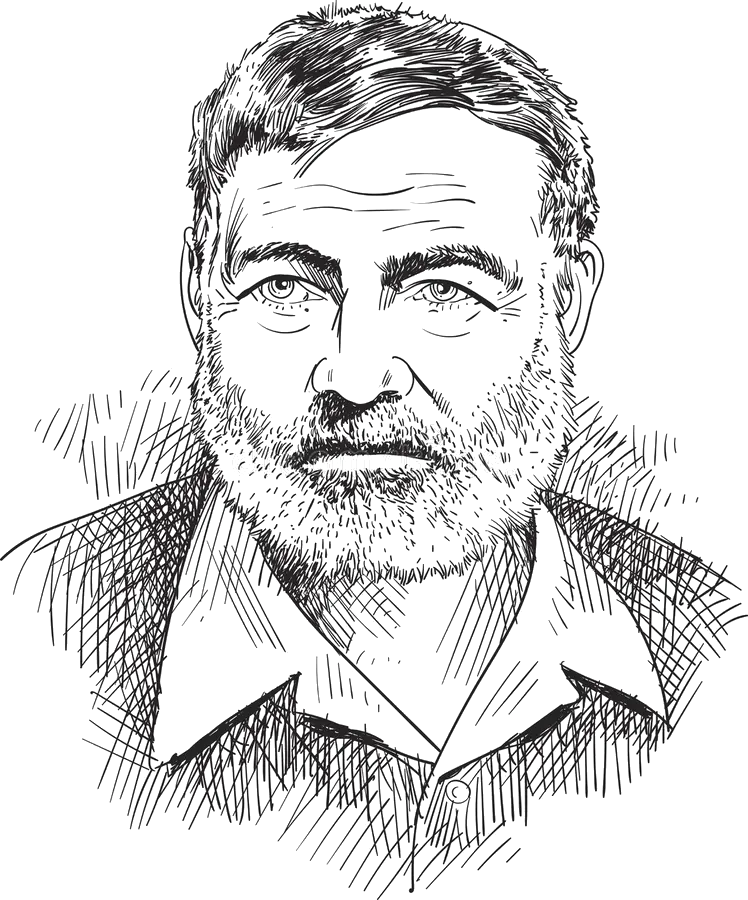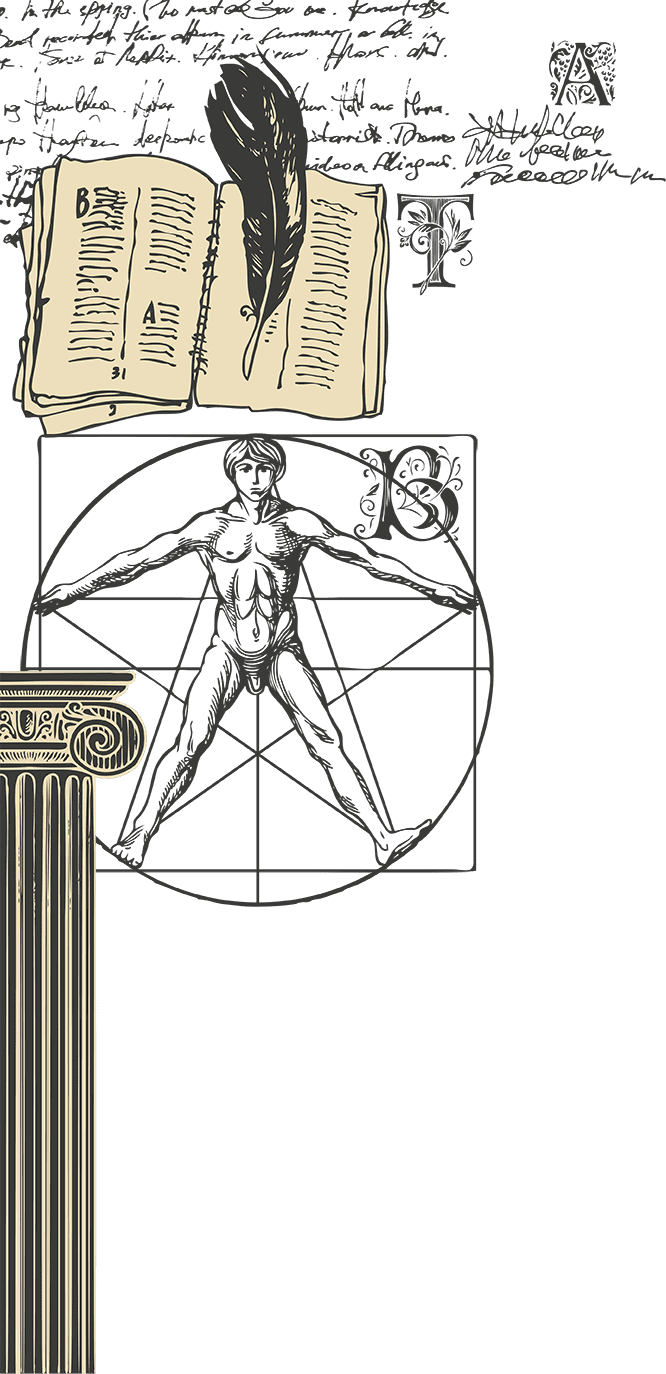
Born in 1899 in the quaint town of Oak Park, Illinois, Ernest Hemingway’s life was destined to be an extraordinary paradox. His youth, brimming with curiosity and imagination, served as a captivating prelude to a symphony of words that would reverberate through time and across continents.
Hemingway first stepped into the realm of writing as a young reporter for The Kansas City Star. It was a humble beginning, but it was his experiences during World War I that shaped him profoundly. Serving as an ambulance driver, he bore witness to the raw brutality and ephemeral valor of humanity. The chaos, the courage, the senseless tragedies – all fuel for his narrative flame.
After the war, Hemingway found himself amidst the vibrant artistry of Paris. It was a time and place alive with creative energy, and Hemingway, with his keen observational skills and unique perspective, thrived. Here, Hemingway penned his first novel, “The Sun Also Rises.” His unique style – terse, unadorned, yet powerfully evocative – transformed the landscape of American literature. His words echoed the disillusionment and moral questioning of the ‘Lost Generation.’
Hemingway lived his life as one grand, daring adventure. From running with the bulls in Pamplona, Spain, to hunting game in the African wilderness, to deep-sea fishing in the Caribbean waters, he sought the thrill of the unexplored. These adventures lent authenticity and vibrancy to his stories, evident in his riveting works like “For Whom the Bell Tolls,” and the Pulitzer Prize-winning masterpiece, “The Old Man and the Sea.”
However, beneath Hemingway’s robust exterior lay a man battling unseen demons. He grappled with depression and substance abuse. The untamed lifestyle he led resulted in numerous physical ailments, constant companions that served as a stark reminder of his mortality. His mental health, a likely genetic inheritance from his father who had taken his life, was a tumultuous journey, a constant struggle that he fought privately.
The final decade of Hemingway’s life saw his once radiant vibrancy fade into a whisper of its former self. His mental health spiraled, paranoia clouding his thoughts. He lived under the pervasive fear of FBI surveillance, a fear grounded in reality, which only added to his psychological torment. The medical treatments he underwent, including electroconvulsive therapy, further fragmented his memory, silencing the stories that longed to break free.
By 1961, Hemingway was a shadow of his former self. His body was frail, his mind was cloaked in turmoil, and his words, once faithful companions, had deserted him. Alone in his home in Ketchum, Idaho, Hemingway penned his final words, a heartbreaking farewell to his wife, Mary. “Good night, my kitten,” he wrote, before he tragically ended his own life.
Ernest Hemingway’s life was a breathtaking symphony of words and shadows. His literary legacy continues to illuminate the hearts and minds of readers, while his life serves as a solemn reminder of the invisible battles fought beneath the surface. Hemingway’s story, just like his own stories, is filled with profound beauty and sorrow – a testament to the complexities of the human spirit.
